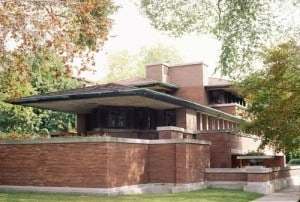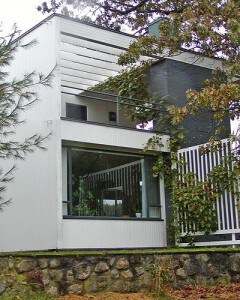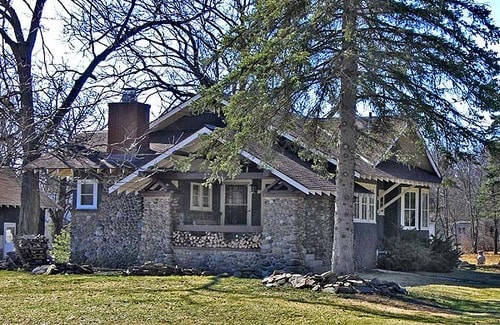There is a tendency of individuals to divide architecture into specific categories to differentiate between types of design. Often the distinction is oversimplified into the very broad subsets of “modern” and “traditional”. People often label anything with flat or curved roofs as being modern, without realizing the fact that such styles have been around for nearly a century.
Although often coupled as one, there is in fact a distinction between contemporary architecture and modern architecture. Several theories exist as to how and why modern architecture evolved, all of which put the start of the movement around the start of the 20th century. Some argue that it resulted as a reaction to social conditions at the time and represented a desire to move away from that which was excessive. This can be furthered by the thought that it paralleled the coming of the Enlightenment period- a time in which reason stood as the foundation for legitimacy.

Traditional now, modern then.
Modern architecture simplified the previously ornate styles into a style that was based on form and function. Flat roofs, large open spaces and increased usage of glass and steel were easily identifiable trends of the new emerging style of architecture. As seen in this Frank Lloyd Wright house, however, Modern can become traditional . The Robie house is more transitional than one style or the other, extremely modern in 1915 and rather traditional in 2009 because the sloping roof is familiar..

Modern then, modern now.
I find this all very relevant to helping people grow comfortable with the idea of “modern” architecture and enjoying the environment it creates. There is often a misconception that modern means something extreme and out of the ordinary, when in fact a lot of the styles have been around for quite a while and are at times coupled with classic elements of design as well. A lot of people are probably more familiar with modern styles than they would initially think and could likely enjoying the atmosphere created by such design techniques.
